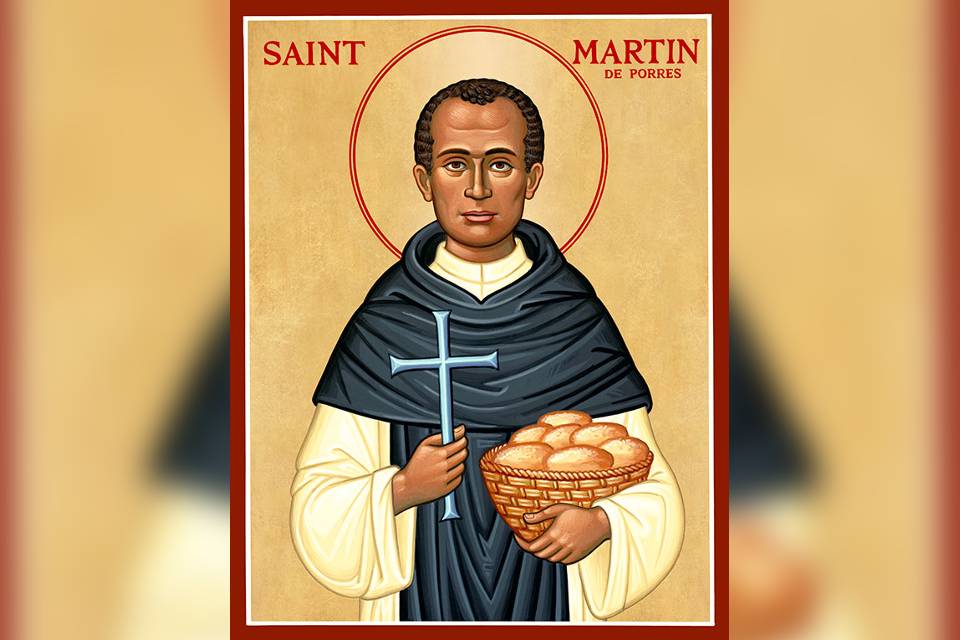
Saint Martin de Porres
St. Martín de Porres, in full Juan Martín de Porres Velázquez, (born 1579, Lima, Viceroyalty of Peru [now in Peru]—died November 3, 1639, Lima; canonized 1962; feast day November 3), Peruvian friar noted for his kindness, his nursing of the sick, his obedience, and his charity. He is the patron saint of social justice, racial harmony, and mixed-race people.
Born of a liaison between a Spanish grandee and a free Black woman and later abandoned by his father, Martín de Porres was raised in poverty and bore the stigmas of both his illegitimate birth and his mixed race. He was placed to study with a barber-surgeon, where he learned bloodletting and the administration of medicines. Compassionate and eager to serve, he began to volunteer with the Dominicans at age 15 and helped care for the sick in the monastery infirmary and also worked in the kitchen and doing laundry. He became a Dominican oblate, or lay monastic, in 1601. Although it was not customary then to receive a “mulatto” into a religious order in Peru, Martín was considered an exception and became a Dominican lay brother in 1610. He was known for his devotion to the Eucharist and constant prayer, and he refrained from eating meat as an act of austerity. He had great compassion for all people, regardless of their race or status, and his loving care extended to animals, including stray cats and dogs, beasts of the field, and even kitchen vermin. In addition to his untiring work in the infirmary, Martín distributed food and alms to the poor and needy in Lima. He ministered to the waves of newly enslaved Africans being brought to the city and raised money for the dowries of poor girls so they could marry. He was friends with St. Rose of Lima, another lay Dominican. For the youth of Lima, he established a school, considered by some to be his monument.
His funeral was an occasion of public honour, and many miracles were said to have occurred after his death. He was beatified in 1837 by Pope Gregory XVI and was canonized in 1962 by Pope John XXIII. In art he is often depicted with a broom, which symbolizes his ready willingness to serve others, and with a dog or mouse for his kindness toward animals.


No Comments